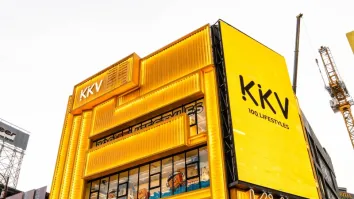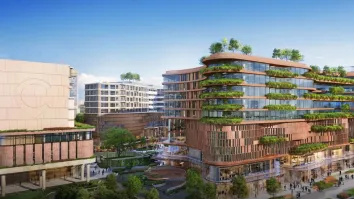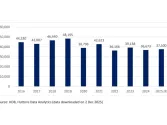
Retail vacancy in Singapore hits lowest point since 2014 at 6.5%
Orchard Road’s vacancy rate was 7% in Q3.
Singapore's retail vacancy rate has marginally decreased from 6.6% in Q2 2024 to 6.5% in Q3 2024, matching the rate from a year ago and marking the lowest level since 2014, according to Savills Research.
The net take-up of retail space in Q3 was evenly spread across regions, except for the Downtown Core Planning Area, where occupancy remained flat.
Orchard Road’s vacancy rate was 7% in Q3, slightly higher than 6.8% in Q1 but still the lowest in five years, aligning with the pre-COVID average of 6.7%.
The Suburban retail vacancy rate remained stable at 4.6%, aided by full pre-commitment for newly revamped spaces at Tampines 1.
Meanwhile, demand for prime retail spaces drove rents higher in Q3. The average rent in the Orchard Area increased by 0.5% to $23.10 per square foot, whilst suburban rents fell slightly by 0.1% to $14.70 per square foot.
Tourism recovery continues, but total tourist arrivals in 2024’s first three quarters were 12% below 2019 levels, and spending has yet to reach pre-COVID figures.
Domestic spending remains subdued due to inflation and economic uncertainty.
“Whilst intense competition from new market entrants has helped to lift prime retail rents, we project a moderated growth for overall average rents for the rest of the year,” said Alan Cheong, executive director of Research & Consultancy at Savills Singapore.
“Rents should have started falling a quarter or two ago, given margin compressions that retailers and F&B operators face. But the entry of foreign F&B operators has held up rents, thus aggravating the situation of the existing operators,” he added.
Still, he expect overall rent growth to moderate for the remainder of the year.
Cheong noted that retailers and F&B operators are facing margin pressures, and whilst prime retail rents may rise due to strong demand for key locations, rents for other spaces are likely to remain flat or even decline in the coming quarters.
Despite a tight supply pipeline over the next three years, he anticipate that rental growth will be limited as rising operating costs and labor shortages continue to affect the retail and F&B sectors.
Sulian Tan-Wijaya, executive director of Retail & Lifestyle at Savills Singapore, also added that prime retail spaces will continue to see strong demand, keeping rents stable. Weaker operators will exit, but new brands will fill these spaces.
“Singapore still remains a favourite destination for new overseas brands,” he said. “Whilst F&B operators are more adventurous on locations, the retailers still choose to launch their brands in prime Orchard or suburban malls.”

















 Advertise
Advertise





